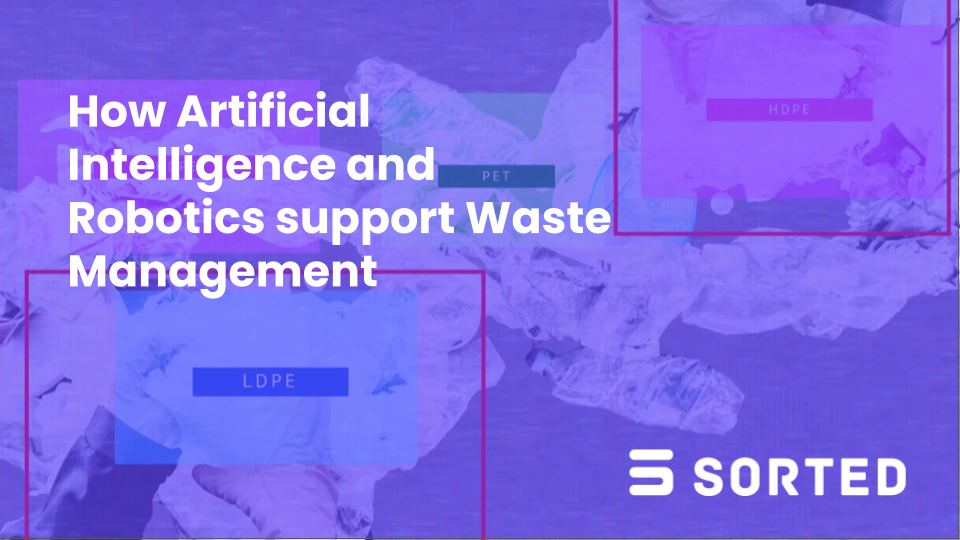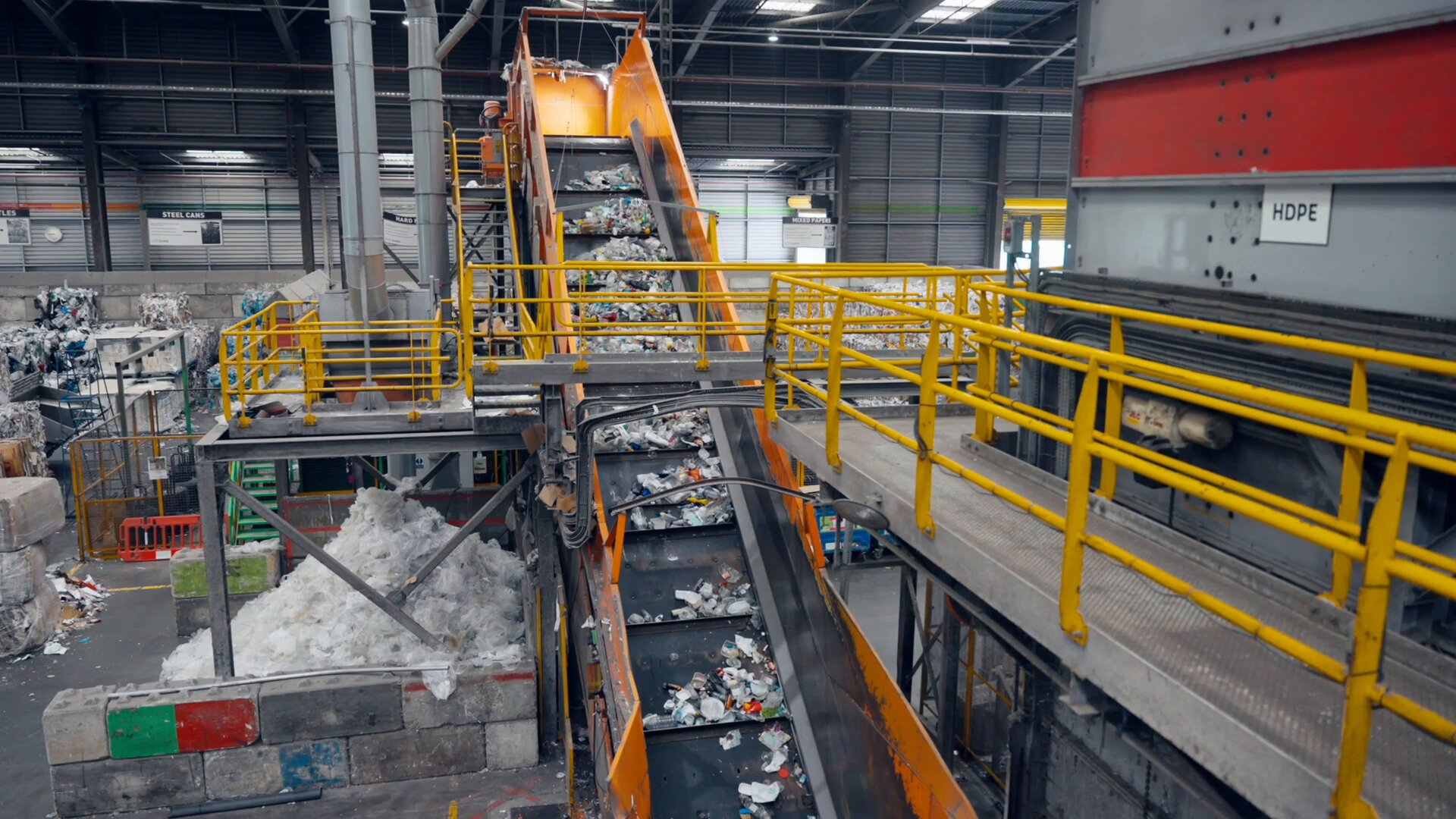Insights
How to implement Computer Vision in your MRF

This is the third and final article in our "How Artificial Intelligence and Robotics Support Waste Management" series.
Read the first two articles in our series here and here.
Getting ready for Computer Vision to make implementation quick and effortless
Implementing new technologies in your MRF can seem daunting, but it doesn’t have to be overwhelming. By carefully identifying your specific operational needs upfront and engaging potential partners with strategic questions, you can transform the implementation process into a smooth, efficient transition that minimises disruption and maximises value.
At Sorted, we've engineered Computer Vision technology designed to be:
- retrofittable in less than 10 hours with no plan modifications.
- CapEx free from £10 per hour of active sorting.
- simple to use.
This means that for most of our customers, the entire Computer Vision implementation process is completed in under a month.
But before moving forward with implementation, here are the key questions you should ask yourself and any technology provider.

1. Assess your needs and blind spots
Do you have all the data you need to track your MRF’s performance? Do you have labour issues? Do you want to collect more data or to automate your sorting process? Clarifying your needs and expectations will help you identify the best way to leverage Computer Vision for maximum results and find the product, whether robot or software, that will be best for your MRF.
2. Identify the most suitable operations
Some parts of your operations will be more suitable to test Computer Vision technologies. Lines with higher contamination or materials with higher recovered value are usually good ones to consider. Once optimised, they can significantly improve your MRFs’ profitability while minimising disruptions. Your technology provider will work with you to identify the best use case.
3. Choose the right technology and partner
Sorting automations powered by Computer Vision come in all shapes and forms, from robotic arms to optical sorters. Select the system and software that best align with your business goal and compare them. Think about everything from performance to overall cost (including CapEx, installation and maintenance costs), and ease to retrofit. If you are exploring robotics, also consider whether they include analytics.
4. Consider the installation process
What will you need to provide? An internet connection? Electricity? Compressed air? Cabin or belt modifications? Work with the technology providers to identify their requirements as early as possible and to understand what they can provide. While electricity is usually easy to manage, setting up a compressed air line or internet connection can be a complex and time-consuming process. This can significantly delay the implementation of your Computer Vision technology and add extra strain on your operations team.
5. Think about integration
Think about how the system will integrate into existing sorting lines and processes. The new Computer Vision system will likely require some training and internal adaptation. Provide training for staff and, if implementing robotics, prepare a transition plan to support employees through the change.
6. Account for a calibration period
AI and Computer Vision models require vast amounts of data to reach a high level of accuracy. Thus, your technology provider will need to train them on your specific use case before they reach their full potential. Data collection and annotation are essential steps to build robust models that can accurately identify different waste materials. The development and training of image recognition algorithms specific to waste sorting is thus a crucial step. So make sure your technology provider doesn’t neglect that phase and invest the right resources to collaborate with you from day 1.
7. Ensure sorting algorithms are fine-tuned and used to improve efficiency
Make sure your technology provider leverage the collected data to further improve the algorithm and provide you detailed analytics that you can leverage to identify gaps or opportunities in your operations.
8. Enjoy more efficient operations in your MRF!
Experience more streamlined operations and maintain peak performance by staying connected with your chosen manufacturing partner to ensure ongoing maintenance.
Overcoming challenges
While technologies powered by Computer Vision offer many benefits, challenges may also arise. High upfront costs, staff training requirements, and integration with legacy systems can deter MRFs managers from trialing the technology.
That is why planning is critical. As well as taking the time to compare your options. Partnering with experienced providers and adopting a phased implementation approach can help mitigate these risks.
At Sorted, we worked hand-in-hand with MRF managers and operation teams to develop proprietary Computer Vision solutions that really answer the industry’s needs. That's why our solutions are CapEx free, easy to retrofit and reliable, whether you want to fully automate your operations or upskill your workers faster. Sorted also provides access to real-time dashboards to help monitor MRFs’ performance and precisely track material composition.
Ready to boost your profitability with Computer Vision?
Integrating technologies powered by AI and Computer Vision into Waste Management offers a strategic opportunity to enhance sorting accuracy, boost efficiency, and support sustainability goals. By adopting these technologies, Waste Management companies can streamline operations while contributing to a more circular economy. Explore how Computer Vision can enhance your Waste Management processes by getting in touch with our experts here or by directly emailing us at luis@sortedtech.io .
To continue learning about Computer Vision in Waste Management, download our full Whitepaper "How Artificial Intelligence and Robotics support Waste Management" download our full Whitepaper "How Artificial Intelligence and Robotics support Waste Management" here.


%201.png)


